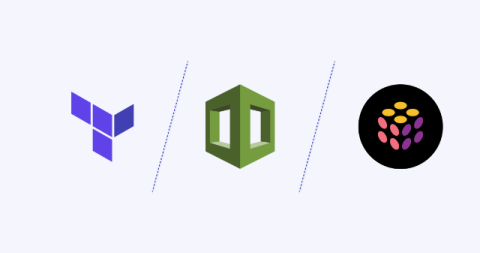Accelerating Product Delivery: A CTO's Guide to Automating Development Environments
In today’s fast-paced tech industry, CTOs of growing scaleups face the challenge of delivering products faster while maintaining high quality and controlling costs. One powerful way to tackle this challenge is by automating development environments, which can significantly improve productivity, reduce errors, and speed up the entire development process.











